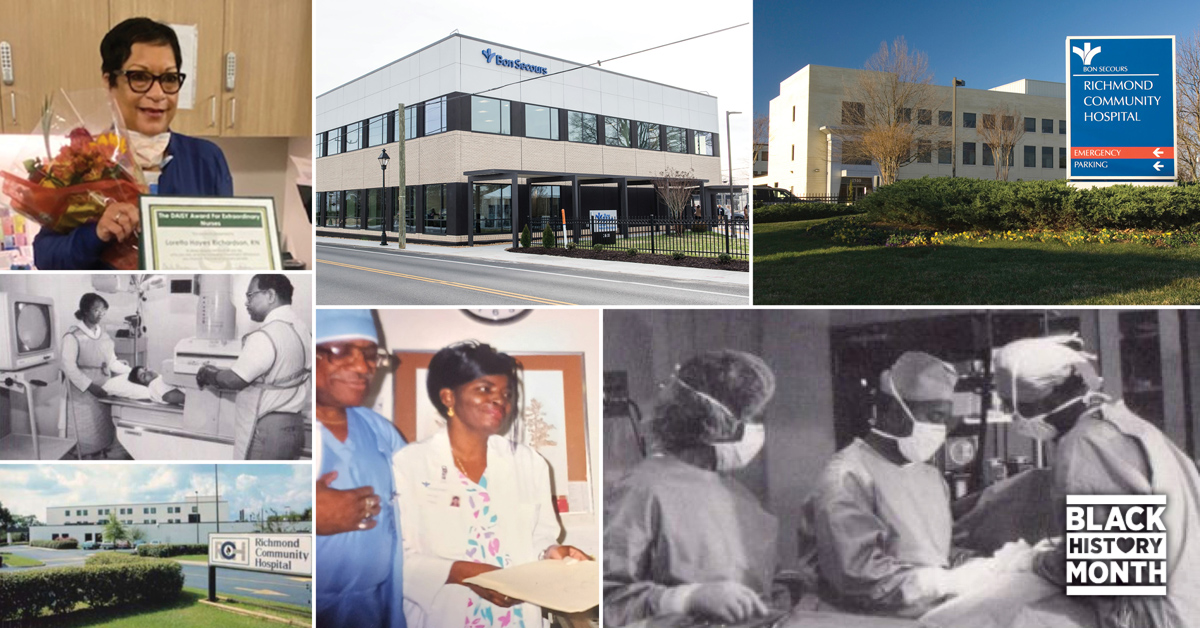Back in the day, there were two main places to receive medical care: a primary care office or a hospital emergency room. Now, there are three: urgent care facilities have also been added into the mix.
Additionally, summertime is filled with many outdoor activities and vacations in addition to kids being out of school. With all of this comes an increase in the risk of injuries, which include everything from scrapes and cuts to broken bones and even heat-related illness.
It is important to know you don’t always need to go to the emergency room for something that your primary care provider or urgent care can help you with. To help you save both money and time, we’ve broken down what ailments can be treated at which location.
When to see your primary care provider
A non-emergency situation that still needs to be taken care of can most of the time be treated by your primary care provider. Call them to schedule a quick appointment or virtual visit.
But what if your primary care provider is not in the office that day and you can’t wait until the next day for care? In that situation, your next option is to visit an urgent care facility.
When to head to an urgent care clinic
These clinics are perfect when you need quick treatment for a non-life-threatening condition. They typically operate separately but are part of a hospital. And an emergency room visit is more expensive than an urgent care one.
Head over to your local urgent care clinic if you need same-day treatment for the following:
- Migraine headaches
- Ongoing diarrhea
- Minor rashes
- Strep throat
- Urinary tract infections
- Asthma attacks
- Ear infections
- Cuts and scrapes when you’re not sure if stitches are needed
- Animal bites
- Flu symptoms
- Joint and back pain
- Muscle sprains and strains
- Nausea and vomiting
- Minor burns
When to drive to the emergency room or call 911
The emergency department at a hospital provides immediate treatment for life-threatening medical conditions. If you head to your local emergency room for a minor health issue without calling your primary care provider first, it will often be a waste of your money and time. However, some situations can be tricky, and you may still have questions regarding where to go.
For cuts
Bleeding from a cut that won’t stop or a cut that is more than a quarter-inch deep, is wide enough that you can’t close it or is across a joint should be examined at an emergency room.
For allergies
Anytime a known allergy is involved, such as after being stung by a bee if you are allergic to bee stings, head to the nearest emergency room.
For burns
With burns it depends how deep they go. Have you heard of the different degrees of burns before? If not, here’s a guide:
- First-degree burn: Can usually handle this at home, and most of the time involve a sunburn.
- Second-degree burn: Affects the dermal layer of your skin, often involving boiling water. Typically can be treated at home or at an urgent care center.
- Third- and fourth-degree burns: Serious burns, ones that go much deeper into layers of skin and tissue. These are very painful and need medical attention right way.
For a broken bone
It all depends what bone is broken. If it is a foot, hand, wrist or ankle, an urgent care center should be able to treat you. However, for broken bones in your face or larger bones in your body, or the bone has broken through your skin, you should head to the ER. Sometimes they will have a specialist available there to help treat the problem quickly, which is not the case at urgent care.
For head injuries
If someone has experienced a blow to the head, it is best they head to the emergency room. This also includes if someone has lost consciousness or is confused about where they are.
For a heart attack or stroke symptoms
Always go to the ER. Even if it turns out to be gas or acid reflux, you should immediately head to the hospital if you feel like you’re having a heart attack or stroke.
These serious symptoms include:
- Stroke: Speech difficulty, vision problems, drooping face, arm weakness and balance issues
- Heart attack: Chest discomfort and pain, shortness of breath, nausea and cold sweats
Learn about the primary care, urgent care and emergency care services we offer at Bon Secours.






1 Comment
Post a CommentTaylor Hansen
It's good to know that an urgent care clinic can help treat any burns or strep throat. Over the past week, my throat has been hurting and I lost my voice this morning. I'll be sure to head to urgent care to make sure it's not strep throat or something else.